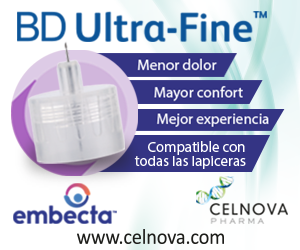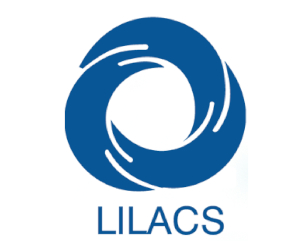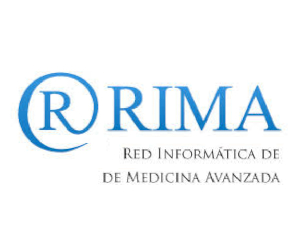P50 Short term glycemic control with a hybrid closed loop system in individuals with type 1 diabetes
DOI:
https://doi.org/10.47196/diab.v54i3Sup.436Keywords:
hybrid closed loop system, glycemic control, type 1 diabetesAbstract
Background: Despite recent technological advances, optimal glycemic control remains a challenge in people with type 1 diabetes (T1D). Hybrid closed loop (HCL) system with algorithm-derived automated adjustment of insulin delivery aims to improve glycemic control.
Aim: To evaluate the effectiveness of HCL on glycemic control in subjects with T1D
Methods: Prospective observational registry, that included consecutive patients with T1D that initiated treatment with MiniMed™ 670G system in Argentina. Baseline and follow up visits at days 7, 28 and 90 days were carried out and data was downloaded in each visit.
Results: 31 patients were included (age: 31.4 ± 15.1, range 9-57), female 64.5%, previous use of SAP-PLGS 71% (n=22), baseline HbA1c 7.4 ± 1%. Time in range (TIR) between 70-180 mg/dl significantly increased from 65.9% at baseline to 77.1%, 76.3% and 76% at days 7, 28 and 90 respectively. Mean glucose levels were reduced from 162.1 at baseline to 152.1 mg/dl (p=0,003) at last visit. The coefficient of variation was also reduced from 34.8% to 32% (p=0,011). Sensor were time and Auto Mode use were 88.7% and 91.1% respectively, by the end of the study.
Conclusions: hybrid closed-loop system improved glycemic control and glycemic variability in children and adults living with T1D.
Downloads
Published
How to Cite
Issue
Section
License

This work is licensed under a Creative Commons Attribution-NonCommercial-NoDerivatives 4.0 International License.
Dirección Nacional de Derecho de Autor, Exp. N° 5.333.129. Instituto Nacional de la Propiedad Industrial, Marca «Revista de la Sociedad Argentina de Diabetes - Asociación Civil» N° de concesión 2.605.405 y N° de disposición 1.404/13.
La Revista de la SAD está licenciada bajo Licencia Creative Commons Atribución – No Comercial – Sin Obra Derivada 4.0 Internacional.
Por otra parte, la Revista SAD permite que los autores mantengan los derechos de autor sin restricciones.



























